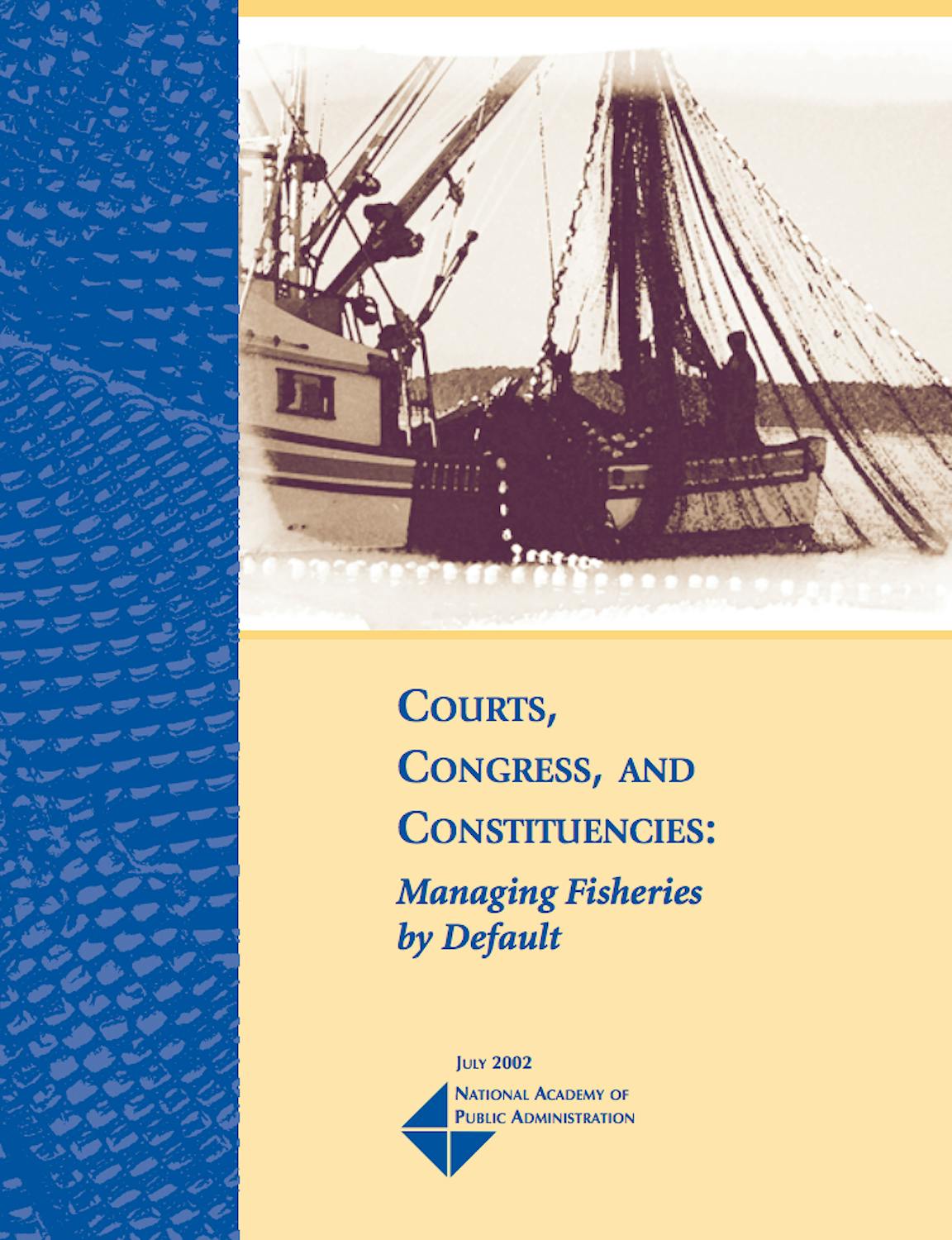
Courts, Congress, and Constituencies: Managing Fisheries by Default
In 1976, the Magnuson Fishery Conservation and Management Act established the first federal system to govern fishing in the then newly-declared 200-mile exclusive economic zone (EEZ). This management system was uniquely participatory, composed of representatives of states, recreational and commercial fishers, and the federal government.
Since the early 1990s, however, this participatory fisheries management system has been struggling. The federal fisheries management system is in crisis, and signs of the system’s distress are compelling.
Click the button below to view the
View Study Report.
View Report
Key Findings
- An increasingly large number of fishery management actions are being challenged in federal courts.
- Fishery productivity has plateaued, stagnating at about 10 percent below its high in the early 1990s.
- The system has been slow to adapt its plans to new national standards and changes imposed by the 1996 Sustainable Fishers Act.
- Pressures on the system seem to be escalating, and the interests of its constituencies diverging.
Recommendations
- The NOAA General Counsel maintain an up-to-date litigation docket and conduct periodic analyses of the litigation record and pending caseload.
- Congress amend the Magnuson Fishery Conservation and Management Act to explicitly provide for framework adjustments and annual specifications to facilitate their rapid processing.
- The Assistant Administrator for Fisheries allocate a limited amount of discretionary funds to the councils to address unmet needs and analytical voids when information is not available from National Marine Fisheries Service.
